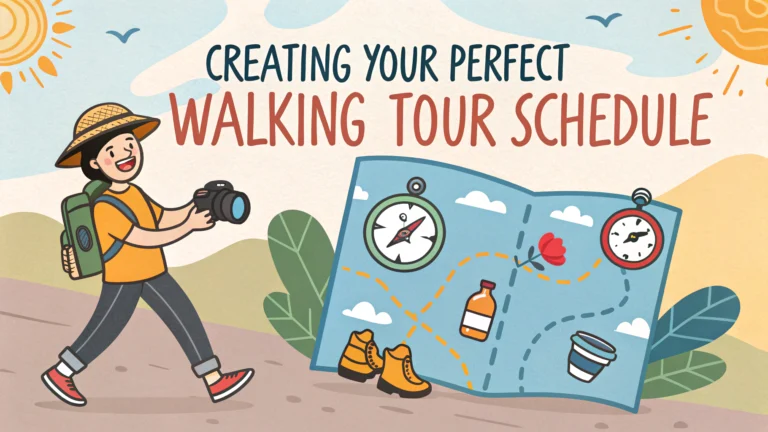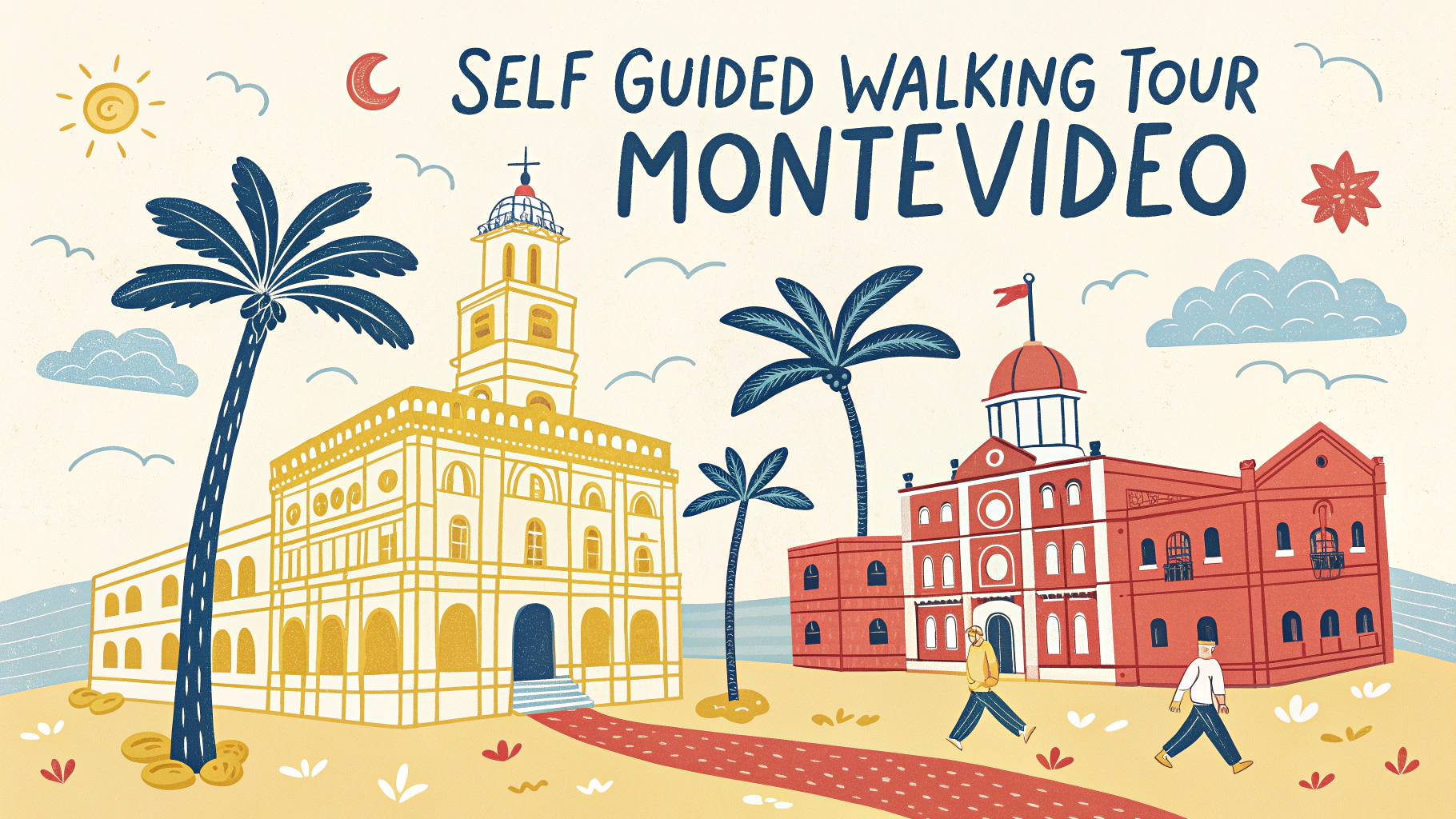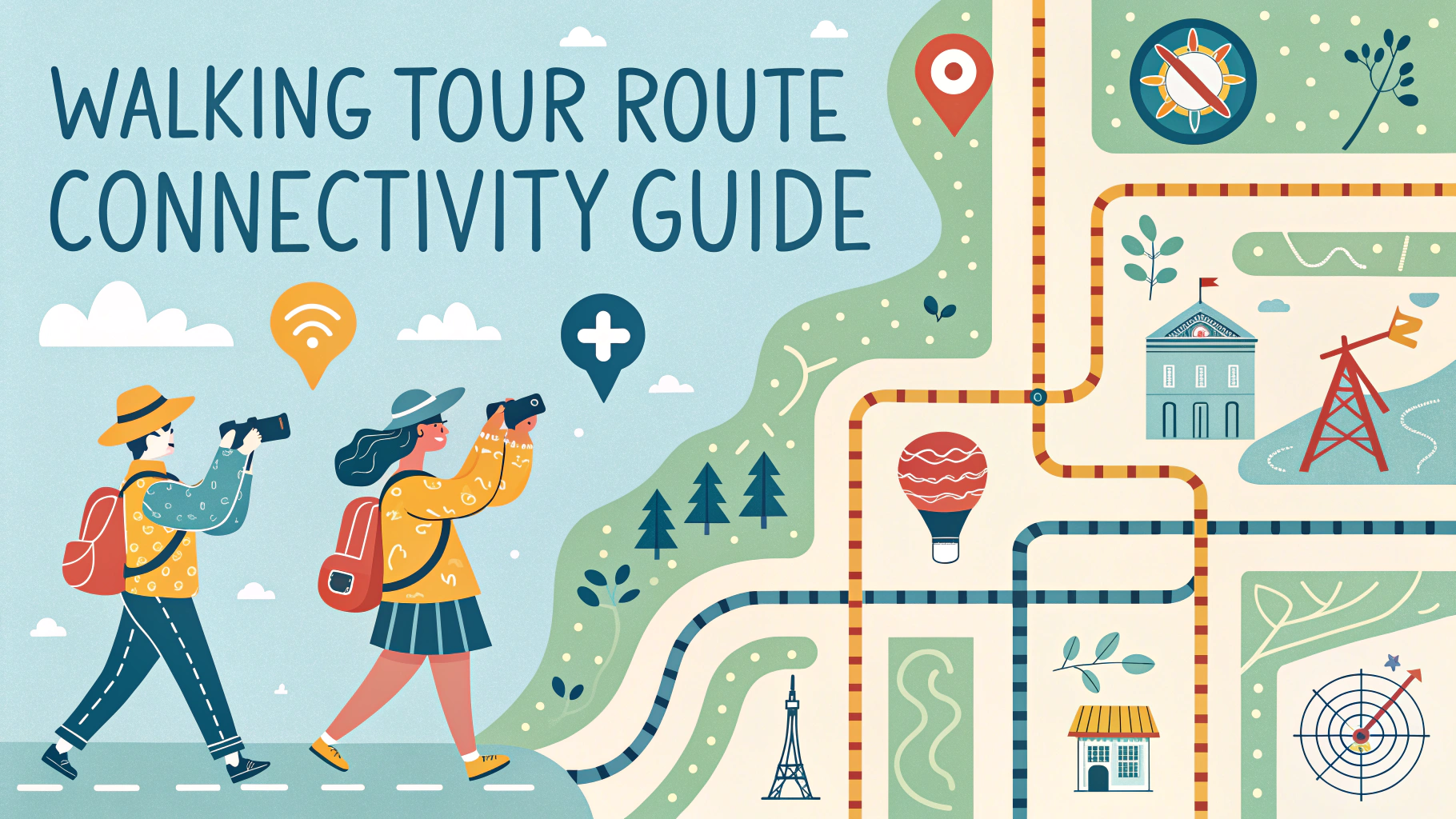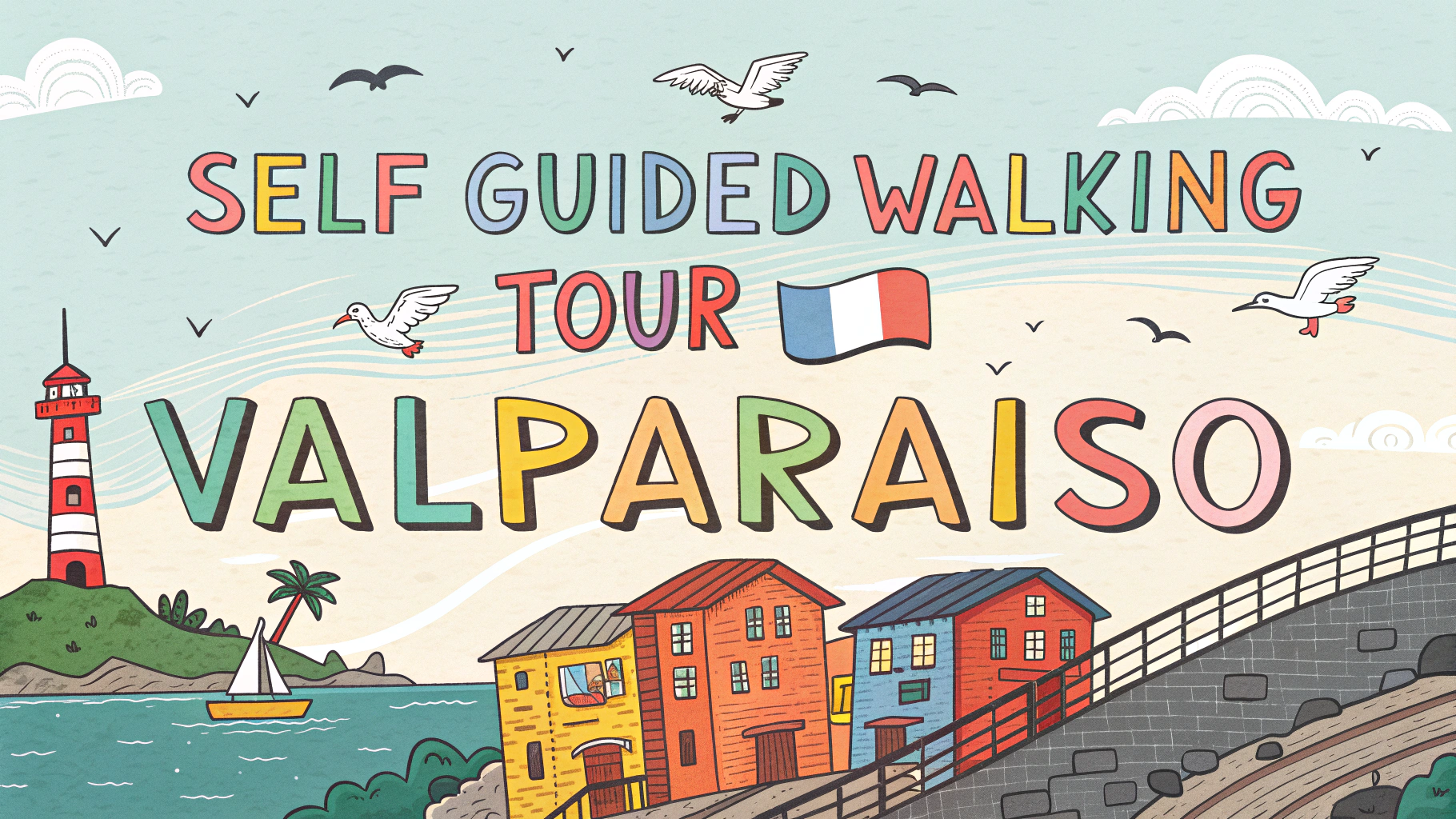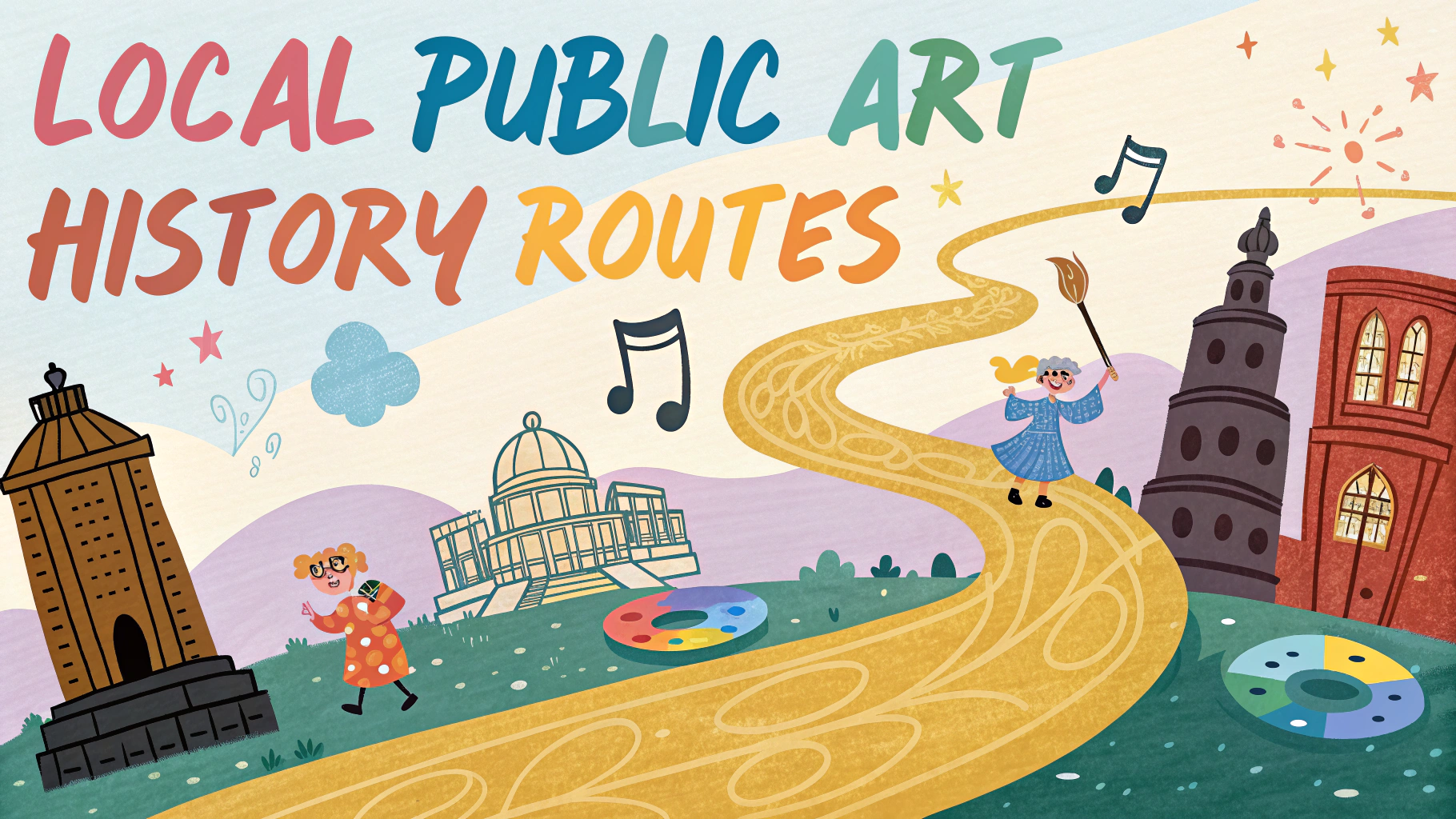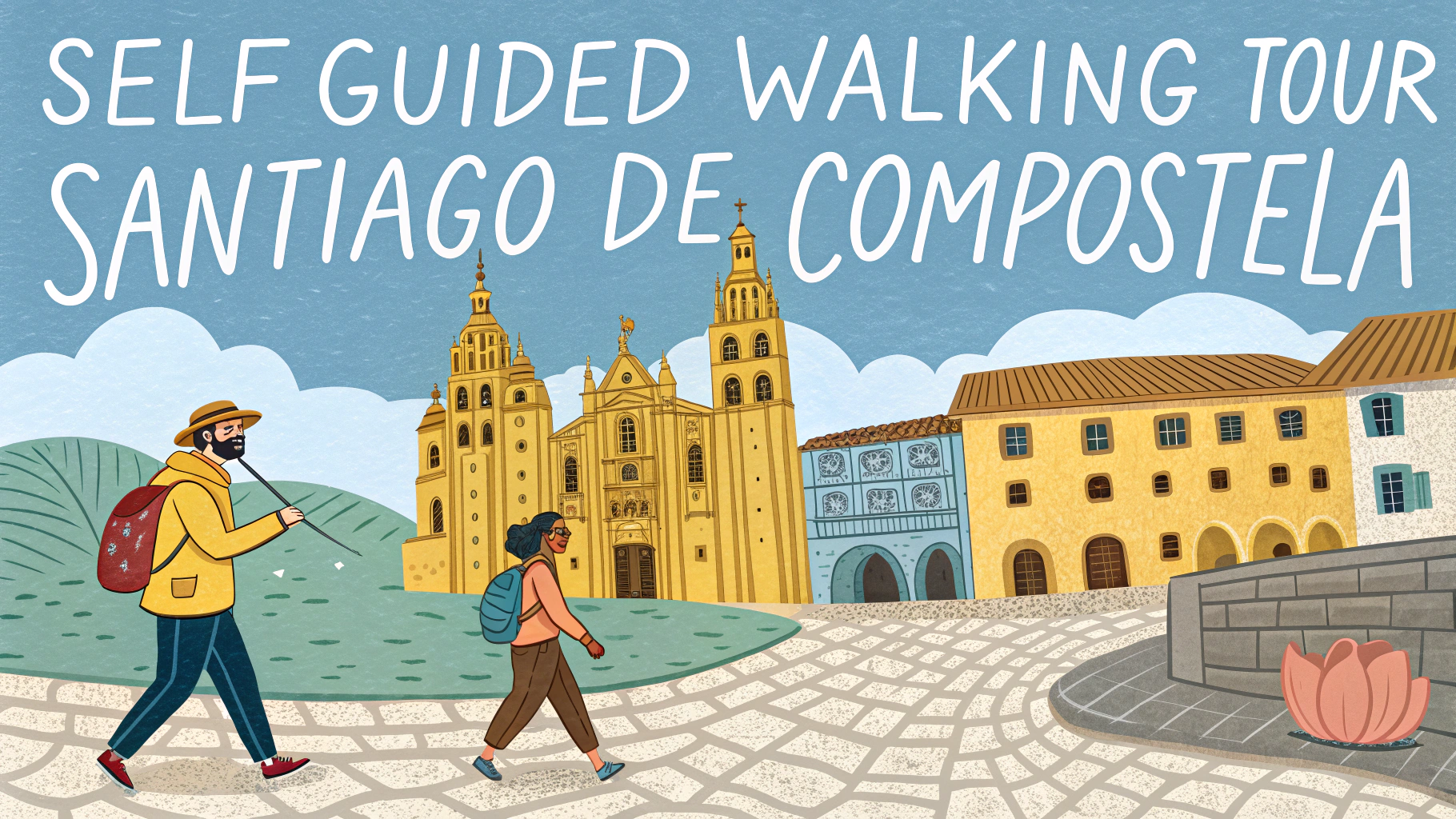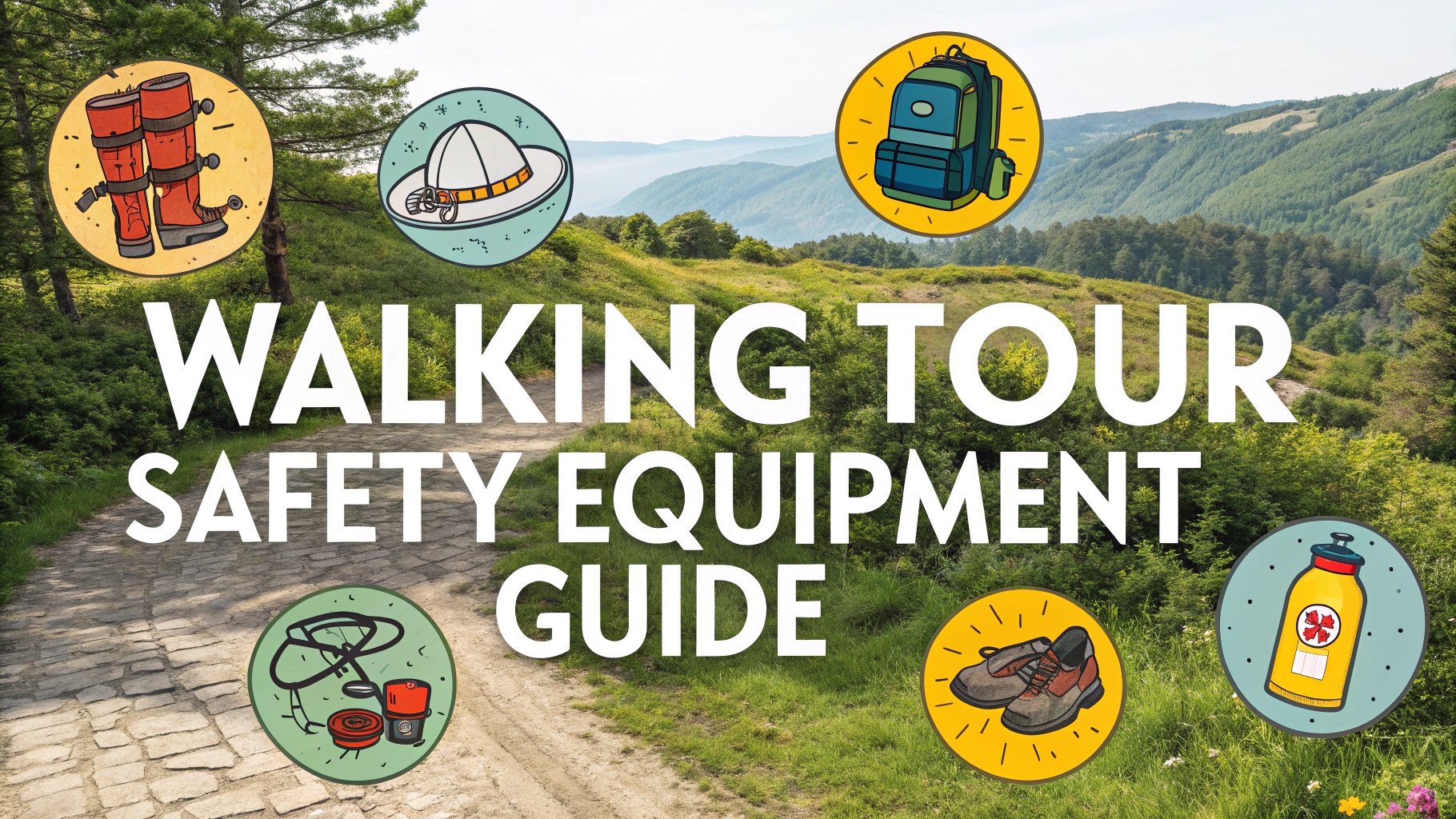Planning a self-guided walking tour requires careful consideration of timing, routes, and points of interest to create the perfect schedule.
Start by selecting your destination and determining how much time you can dedicate to exploring.
Essential Planning Steps
- Research local attractions and map out key points of interest
- Calculate walking distances between locations
- Plan bathroom and rest stops
- Check opening hours for attractions
- Research local transportation options for backup
Time Management Tips
- Allow 15-20 minutes for each major attraction
- Add 30% buffer time for unexpected discoveries
- Schedule breaks every 2-3 hours
- Start early to avoid crowds and heat
Download offline maps through Google Maps or Maps.me before your tour to ensure navigation without cellular data.
Sample Schedule Template
| Time | Activity |
|---|---|
| 9:00 AM | Start at central location |
| 10:30 AM | First major attraction |
| 12:00 PM | Lunch break |
| 2:00 PM | Second round of sights |
| 4:00 PM | Optional activities |
Safety Considerations
- Carry water and snacks
- Wear comfortable walking shoes
- Bring a portable charger for your phone
- Keep emergency contact numbers handy
Consider using walking tour apps like GPSMyCity or VoiceMap for guided narration and navigation.
Weather Planning
- Check weather forecasts ahead of time
- Pack appropriate gear (umbrella, sunscreen)
- Have indoor alternatives ready
- Schedule around peak sun hours in summer
Keep your schedule flexible enough to accommodate unexpected discoveries or changes in weather.
Money-Saving Tips
- Book attraction tickets online in advance
- Look for free walking tours to start with
- Use tourist passes for multiple attractions
- Pack your own refreshments
Document your route and experiences to help plan future walking tours and share with others.
Recommended Apps
- Maps.me – Offline maps
- AllTrails – Walking routes and trails
- Google Maps – Navigation and points of interest
- Weather apps – Local forecasts
Take photos of street names and landmarks to help navigate back if needed.
Remember to end your tour near public transportation or your accommodation for convenience.
Group Size Considerations
- Solo travelers can move faster between locations
- Groups should plan for longer transition times
- Designate a meeting point if group separates
- Consider audio sharing systems for larger groups
Cultural Sensitivity
- Research local customs and dress codes
- Learn basic phrases in local language
- Respect religious sites and ceremonies
- Ask permission before taking photos of people
Documentation Tips
During the Tour
- Mark favorite spots on your digital map
- Take notes of unexpected discoveries
- Record street art and hidden gems
- Track total walking distance and time
Post-Tour Organization
- Review and rate visited locations
- Share routes with fellow travelers
- Update personal travel guides
- Note improvements for future tours
A well-planned self-guided walking tour offers flexibility, cost-effectiveness, and a personalized way to explore new destinations. Success lies in thorough preparation while maintaining adaptability for spontaneous discoveries. Remember to prioritize comfort and safety while immersing yourself in the local experience.
FAQs
- How long should I plan for a self-guided walking tour?
Most self-guided walking tours typically take 2-3 hours to complete, but you should allocate additional time for photo stops, rest breaks, and exploring points of interest along the route. - What essential items should I bring on a walking tour?
Comfortable walking shoes, weather-appropriate clothing, water bottle, phone/camera, portable charger, map or navigation device, snacks, and any necessary medication. - How do I create the most efficient walking route?
Plot your points of interest on a map, arrange them in a logical sequence to minimize backtracking, consider natural breaks like cafes or parks, and factor in opening hours of attractions. - What’s the best time of day to start a walking tour?
Early morning is ideal as attractions are less crowded, temperatures are cooler, and lighting is good for photography. However, check opening times of sites you plan to visit. - How can I ensure I don’t miss important landmarks?
Research your destination thoroughly beforehand, download offline maps, save points of interest on your phone, and consider using walking tour apps with GPS functionality. - Should I schedule rest stops in my walking tour?
Yes, plan for a 10-15 minute break every hour or so, ideally at cafes, parks, or benches near attractions to prevent fatigue and enjoy the experience fully. - How many miles/kilometers should I include in a day’s walking tour?
For most people, 3-5 miles (5-8 kilometers) is comfortable for a half-day tour, while 5-8 miles (8-13 kilometers) works for a full day, including stops. - What weather considerations should I keep in mind?
Check the forecast before starting, have a backup indoor route for rain, start earlier on hot days, and always carry weather-appropriate gear like umbrellas or sunscreen. - How do I handle unexpected closures or route changes?
Have a flexible itinerary with alternative options, keep updated on local events or construction work, and always have a backup plan for major attractions. - Should I book any attractions in advance for my walking tour?
Yes, book popular attractions in advance to avoid disappointment, especially during peak tourist seasons, while leaving some flexibility in your schedule for spontaneous discoveries.
